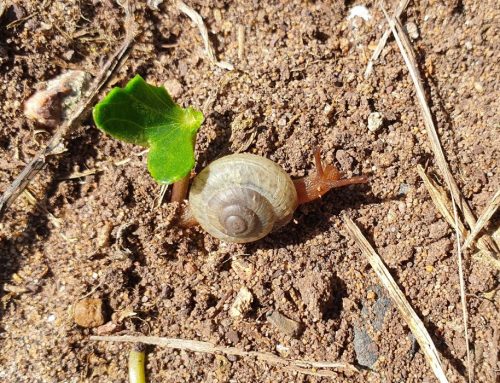Fauna of Long Reef – Blue Tongue Lizard
Common Name – Blue Tongue Lizard
Family – Scincidae
Genus – Tiliqua Scincides
Blue-Tongued Lizard are renowned for their pointed blue tongue – hence their name.
There are six types of Blue tongued lizards in Australia and are one of Australia’s most familiar reptiles – at Long Reef we have the eastern Blue-Tongued Lizard which is one of the most common of these lizards. It is a medium-size lizard indigenous to Australia and the blue tongue is widespread in south-eastern Australia.
Blue-tongued lizards are the largest members of the skink family; skinks having overlapping scales that are usually smooth and contain small plates of bone. They can grow up to 60cm long of which 36cm is head and body.
They are usually grey with broad dark brown stripes across its back and tail. Individuals on the coast usually have a black stripe between the eye and the ear which may extend along the side of the neck; and of course, their most unique distinguishing feature is their blue tongue.
The blue-tongue lizard has a “third eye” on top of its head. It is a small hole leading down to its brain that it uses to work out when it’s night or day, and it helps regulate their body temperature. Blue-tongues usually live in open country with lots of ground cover such as tussocky grasses which given Long Reef’s grassland could account as to why we see so many on our site.
It takes three to four years before the young Blue Tongue are fully grown and they can live for more than 20 years with most having the same mate for their entire lives. The female blue-tongue gives birth to live young (which is very unusual in lizards as they normally lay eggs) between 1 and 15 babies, which can look after themselves just 4 days after birth. The female gives birth 3 to 4/5 months after mating between December and April – and then birth between December and January. The Blue Tongue can breed every year if it has sufficient food. Blue -tongue lizards eat plant matter and mostly slow moving prey like caterpillars, crickets, insects, beetles, snails and other small lizards.


